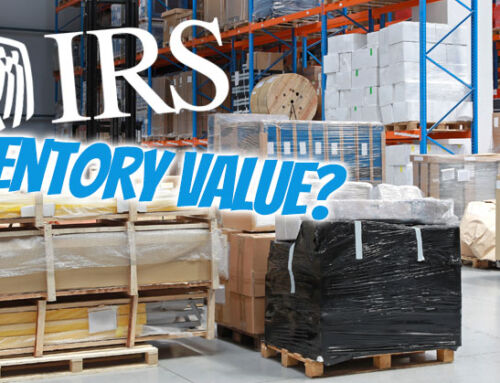At MISys, we work with manufacturers every day. Whether they are prospects or existing customers, we have good insight into the challenges they face.
The top 7:
- Capital Investment: Equipment costs money, and the payback can be in years, not months. Inventory can be very expensive, and a growing business has higher inventory levels. Extending payment terms to customers can be a way to grow sales, but also delays the cash cycle, requiring more investment.
- Profitability: Competition is fierce, and buyers are skilled at playing suppliers against one another to get lower prices. Getting profitable orders is more important than just getting orders. "Don’t confuse motion with accomplishment," as my brother used to say.
- Material Costs and Availability: Continued disruptions in the supply chain have delayed deliveries and increased prices, making it difficult to honor promised delivery dates to customers and squeezing margins.
- Workforce shortages: The COVID-19 pandemic made an existing situation worse, and the labor force has yet to fully recover.
- Regulatory compliance: Meeting the requirements of the alphabet soup of regulators and certification bodies – FDA, FAA, DOD, ITAR, ISO, SOX – requires establishing systems, practices, and data capture.
- Generational Transfer: As the founder and/or principal reaches retirement age, transferring ownership and operational knowledge to the next generation of owners and operators is difficult. What is intuitive for the founder is often difficult to distill and systematize for the new owners.
- Technology Adoption: Large manufacturers have dedicated CIOs and can invest time and money to automate production lines and deploy sophisticated IoT systems. In a small company, the “IT” role is often added to someone else’s job responsibilities, whether it is the Purchaser, Production Manager, Controller, Owner, etc. New technology adoption often is pushed back when there is an urgent order that needs to be filled or negotiations with a key supplier or customer.
No software application is going to be able to solve all of these issues. However, here is how MISys Manufacturing can be applied to some of them:
- Reduce inventory investment: Using the time-phased Material Requirements Planning tools in MISys, our customers have been able to reduce their inventory levels by 25-50%. That is because they order only what they need when they need it. Keep your accounting software. MISys is an add-on to QuickBooks and Sage accounting applications so you don’t need to go to an expensive ERP system to get the manufacturing tools you need. Just add what you need and keep what you already use.
- Track real Costs of Goods Sold: A lot of manufacturers use the wrong or incomplete data to calculate their COGS. MISys tracks materials, labor, and overhead for each item and job with extra granularity for those who want to track time at each workstation, plus track the costs for each outside processor as part of the overall assembly of an item.
- Measure lead times, costs, and delivery performance for each item by supplier: Manufacturers can use this to manage their suppliers to ensure higher order fulfillments to customers. The “available to promise” feature can tell you when a product can be delivered based on existing inventory levels, delivery time for new materials, and production time required.
- Workforce shortages are beyond the scope of MISys. We feel your pain.
- Trace materials and processes from delivery to completion: Most all regulatory bodies require that a manufacturer trace the raw materials used in production of a finished product, either by lot or by serial number. MISys goes 16 levels deep on a bill of material and still maintains that traceability.
- Get the information “out of the head” of the owner and into MISys: There is usually an interim step of setting up bills of material (BOMs) and routing steps on a spreadsheet and then importing that data into MISys. Doing this provides repeatable, consistent results going forward without relying on the tribal knowledge in one person’s brain.
- Adopting the right technology will really help: We get the pressures of day-to-day business. But sometimes you have to stop cutting wood to sharpen the blade. Putting a new manufacturing software application in place is an investment of time and money. We can make it easier though the MISys “SureStart” implementation program or recommend an independent implementation partner to handle it, but it is still a big change. The technology solution has to be right-sized and realistic for your business. MISys is designed for companies with $2-50 million in annual sales, and 10-250 employees. If you fall in that category, then it makes sense to schedule a call.
There are lots more challenges in manufacturing, of course, but these are the ones we see on a day-to-day basis. We hope our software can help you deal with the top 7.




